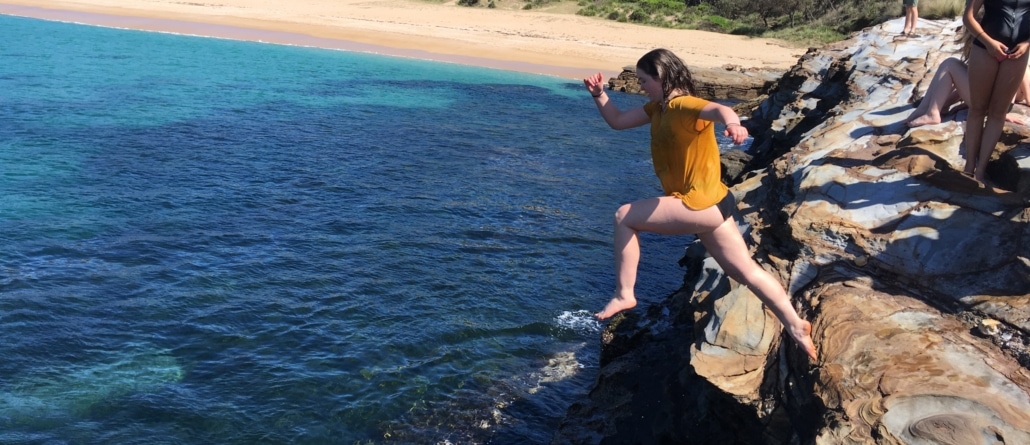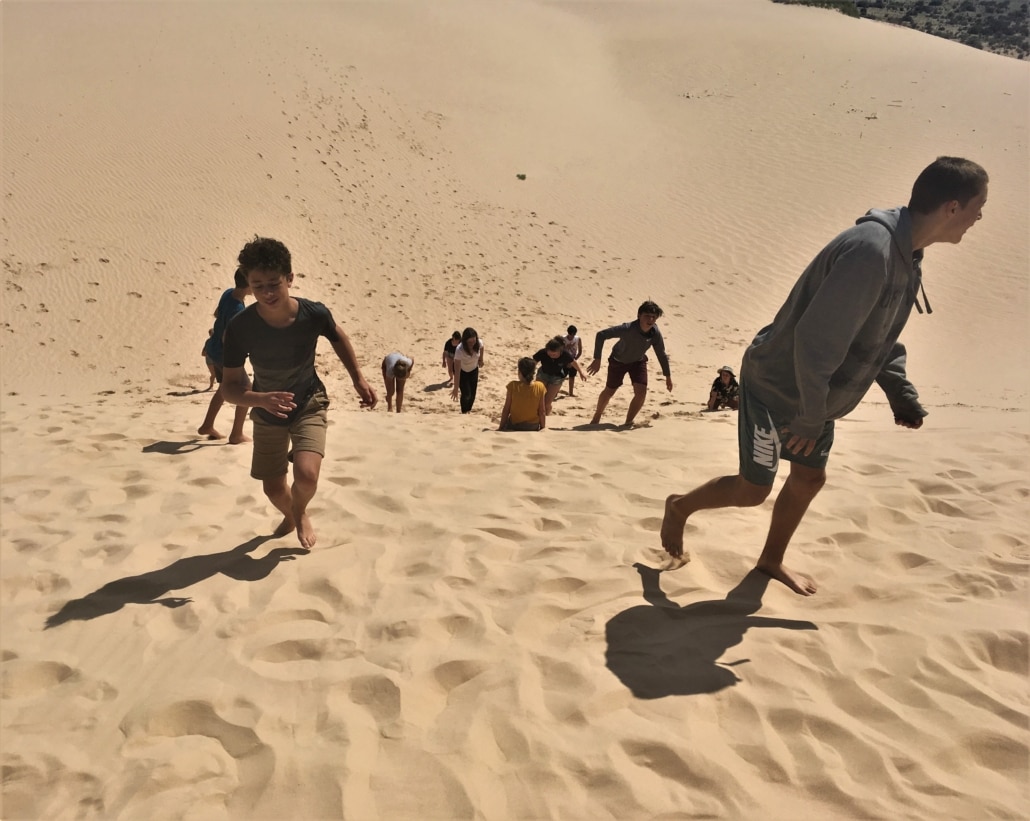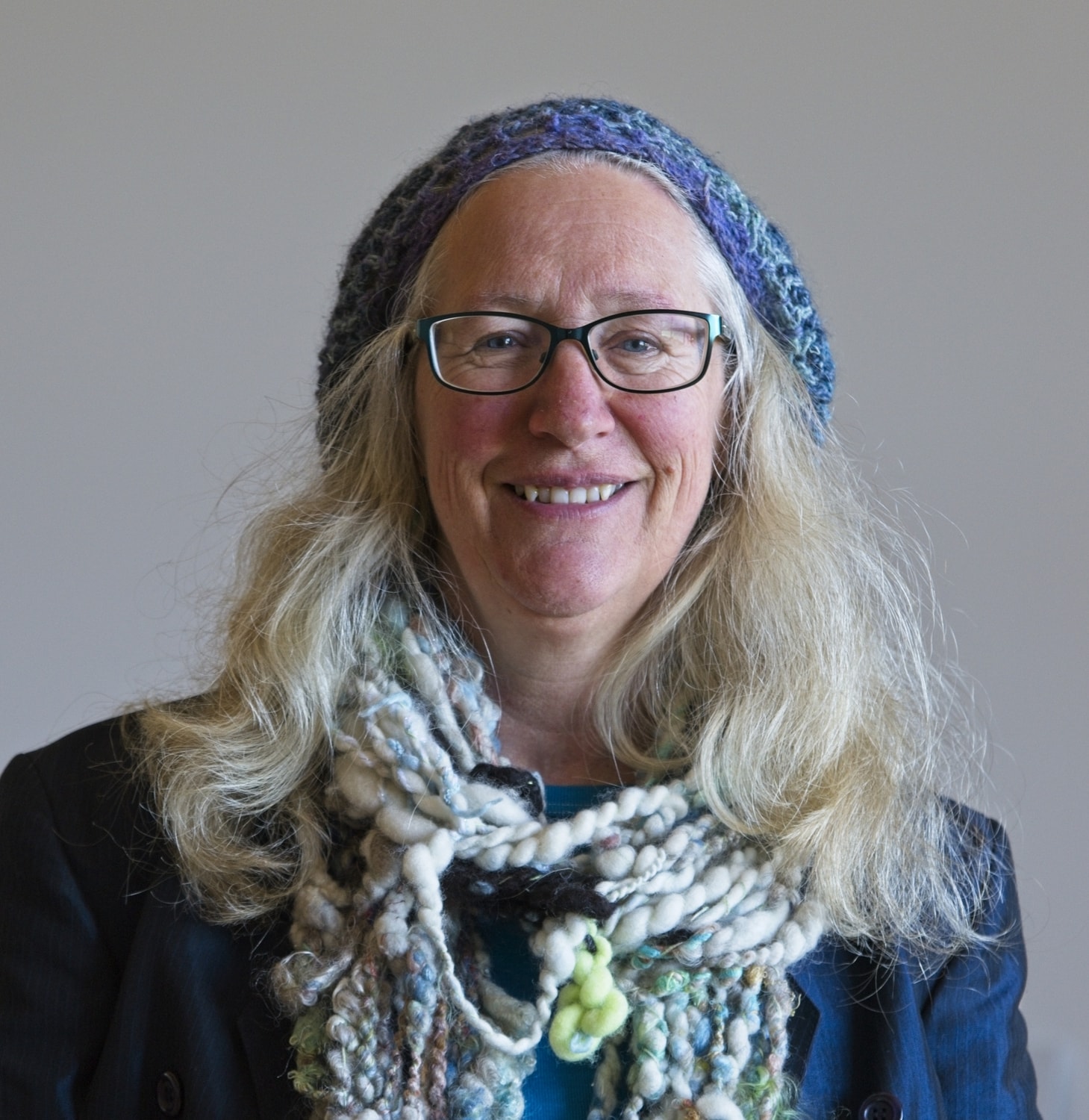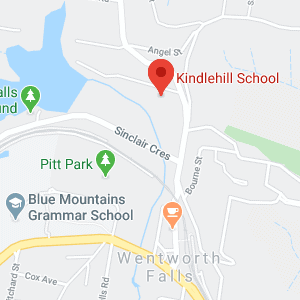
Rhythms of Life and Landscapes
On this round trip of some of NSW’s most iconic places, we tuned our individual heartbeats to the larger rhythms of life and landscapes. In each place we visited, the stories of that place unfolded. We went respectfully, acknowledging country, and opening our senses through quiet contemplative drawing and writing, seeking connectedness to each unique place.
This was Geography on the Road. On the south coast we explored coastal lagoons, rivers that begin in the escarpment and outlet into the sea, sacred mountains and initiation sites, and land use such as the dairy, forestry and whaling activity of past and present.
In the South East forest, we visited a remnant Gondwana rainforest and beautiful inland creeks set amongst forest preserved from logging in the nick of time. We travelled to Kosciuszko, crossing the Great Dividing Range and noting the changes in the water cycle and vegetation.
We stopped by at Kiandra, an historic gold rush town, and learned about the Snowy Mountain Hydro Scheme and the proposed plan for Snowy 2 (including discussing the political jostling around renewable energy targets).
We then toured a cave in Yarangobilly and swam in a thermal pool. In Hay we swam in the mighty Murrumbidgee River, and camped beside it under the stars.
The Riverina and Murrumbidgee
En-route to Lake Mungo we observed the productive industrial scale farming of the Riverina dependent on irrigation from the Murrumbidgee. And later, on the way home, we saw the top soils from some of these exposed fields lifting up and whirling east – the source of the dust storms experienced in Sydney and surrounds. This was an opportune time to discuss and think critically about the conventional farming practices we take so much for granted. Then we went on to Lake Mungo, a unique landscape of cultural significance to the world, it was a place where we all experienced the spiritual presence of land and ancestors.
We swam, snorkelled, surfed, clamboured alongside creeks and waterfalls, and walked respectfully on ancient lands. We met Aboriginal teachers along the way who shared culture and wisdom related to place. We took some of these teachings into our reflective circle times; exploring ways to apply three things to live by: spiritual connection to place (where place makes you part of its story), social connectedness (a sense of belonging as well as of roles and responsibilities), and generosity (asking what we can do for others rather than what we can gain for ourselves).




Originally a high school teacher in the public system, Lynn has also taught at TAFE and in community settings. In the Steiner context, she has previously been a kindergarten and primary school teacher. In addition to her roles as Chair and Principal, Lynn is High School Co-Ordinator, teaches Geography and History, and co-ordinates the Outdoor Education Programme. Lynn has a B. Arts (UWA) and a Dip. Ed. (WA Secondary Teachers College).

